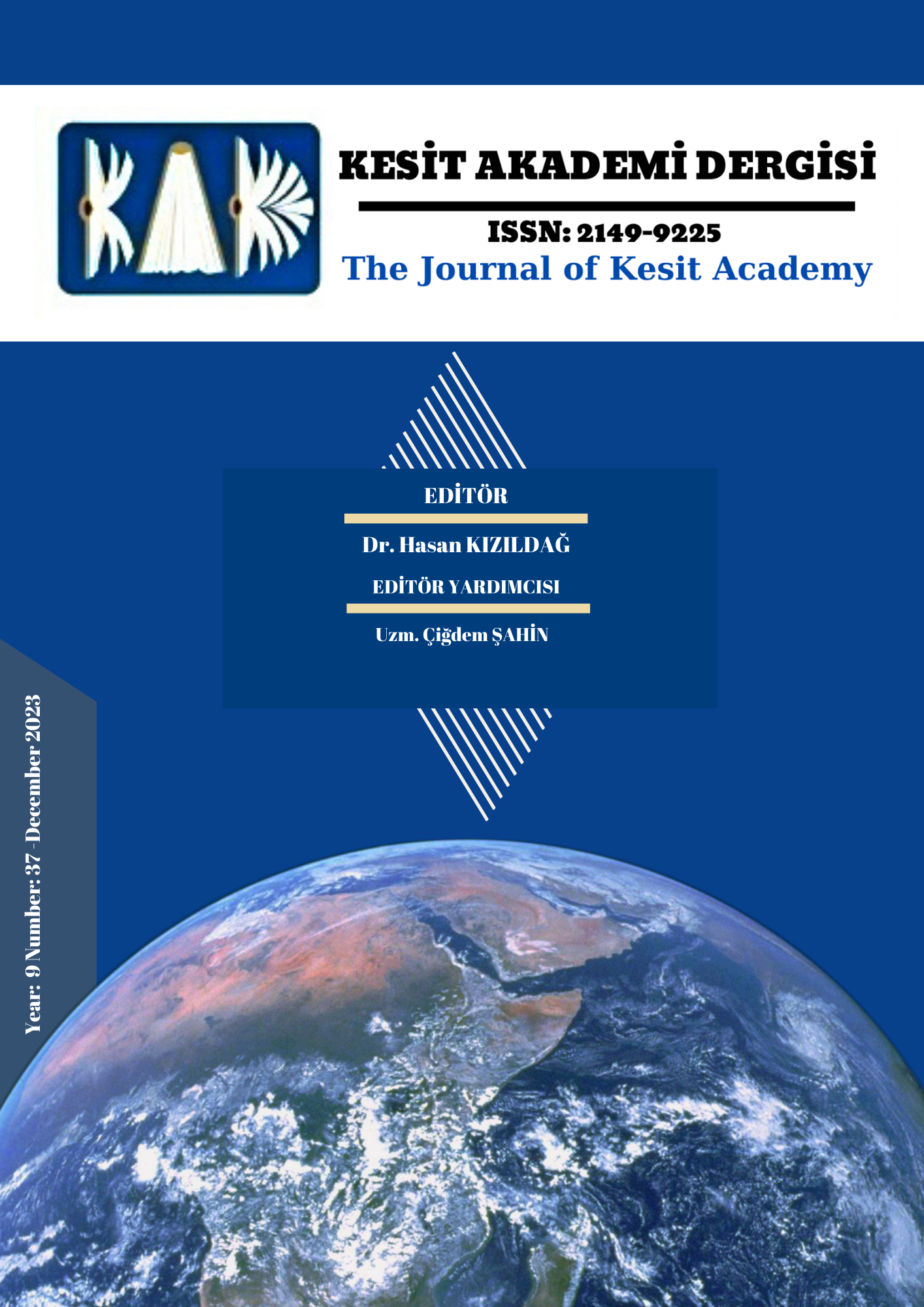Author :
Abstract
Antik Yunan Dionysos şenliklerinden Orta Çağ dinsel tiyatrosuna, klasik dönemde saray duvarları dışında şekillenen geleneksel halk tiyatrolarından agit-prop gösterilere, Meyerhold’un “Onbinlerin Tiyatrosu”ndan Avrupa sokaklarındaki performans sanatçılarına kadar uzanan bir çizgide tiyatro sanatının sokakta ve sokakla var olma serüveni içinde olduğu görülür. Tiyatronun kaynağına ilişkin teoriler, eylemin kitleyle buluştuğu yer olarak duvarlarla kuşatılmış, doğadan koparılmış yalıtım mekânları değil doğanın kendisini adres gösterir. Taklit, eylem ve topluca katılımın ilki “dışarıda” yakılan bir ateşin başında gerçekleşmiştir. Tiyatro kitleselleştikçe belirli bir sınır ve düzen ihtiyacı gündeme gelmiş, ehlileştirmek isteyenler onu duvarların arasına hapsetmiştir. Bu nedenle tarih boyunca sınırları reddeden tiyatrolar alternatif estetiğini sokaklarda inşa etmiştir. 68’le beraber yeniden keşfedilen sokaklar çağdaş sanatın da uygulama sahasına dönmüş propaganda tiyatrolarının olduğu kadar sokak eğlendiricilerinin de meskeni haline gelmiştir. Kamusal alan tartışmalarının yeniden harlandığı 2000’li yıllarda ise birkaç deneysel tiyatro uygulamasının dışında sokaklar eğlendiricilere terkedilmiştir. Bu araştırma, tarihsel bir izlek çerçevesinde performansın izleyicilerin taleplerine göre nasıl geliştiğini ve adapte olduğunu anlamaya çalışarak, tiyatro tarihi boyunca konvansiyonel geleneğin sınırları ihlal eden, alternatif estetiğini peşine düşen tiyatro performanslarına odaklanmaktadır. Araştırmada tiyatronun kökenlerinden çağdaş tezahürlerine kadar gelişen süreçte estetik evrimin izini sürmek ve tarihsel bir perspektif sunmak için tiyatro literatürüne ilişkin birincil kaynaklara başvurulmuştur. Bu dokümanlar tarihsel gelişmeler, sosyo-kültürel değişimler ve ideolojik dönüşümlerin tiyatro üzerindeki etkisini değerlendiren karşılaştırmalı bir yaklaşımla analiz edilmiştir.
Keywords
Abstract
From ancient Greek Dionysian festivals to medieval religious theatre, from traditional folk theatres shaped outside the palace walls in the classical period to agit-prop shows, from Meyerhold's "Theatre of Tens of Thousands" to the performance artists on the streets of Europe, it is seen that the art of theatre is on a journey of existence on and with the street. The theories about the origin of theatre address nature itself, not isolated spaces surrounded by walls and cut off from nature, as the place where the action meets the audience. The first of imitation, action and collective participation took place "outside" by a fire. As the theatre became mass, the need for a certain boundary and order came to the fore, and those who wanted to tame it imprisoned it within the walls. For this reason, theatres rejecting borders throughout history have built their alternative aesthetics on the streets. The streets, which were rediscovered with '68, turned into the application field of contemporary art and became the abode of street entertainers as well as propaganda theatres. In the 2000s, when public space debates were re-ignited, the streets were left to entertainers except for a few experimental theatre practices. This research focuses on theatre performances that violate the boundaries of the conventional tradition and pursue alternative aesthetics throughout the history of theatre by trying to understand how the performance develops and adapts to the demands of the audience within the framework of a historical trajectory. To trace the aesthetic evolution of theatre from its origins to its contemporary manifestations and to provide a historical perspective, primary sources of theatre literature are consulted. These documents are analysed with a comparative approach that evaluates the impact of historical developments, socio-cultural changes, and ideological transformations on theatre.
